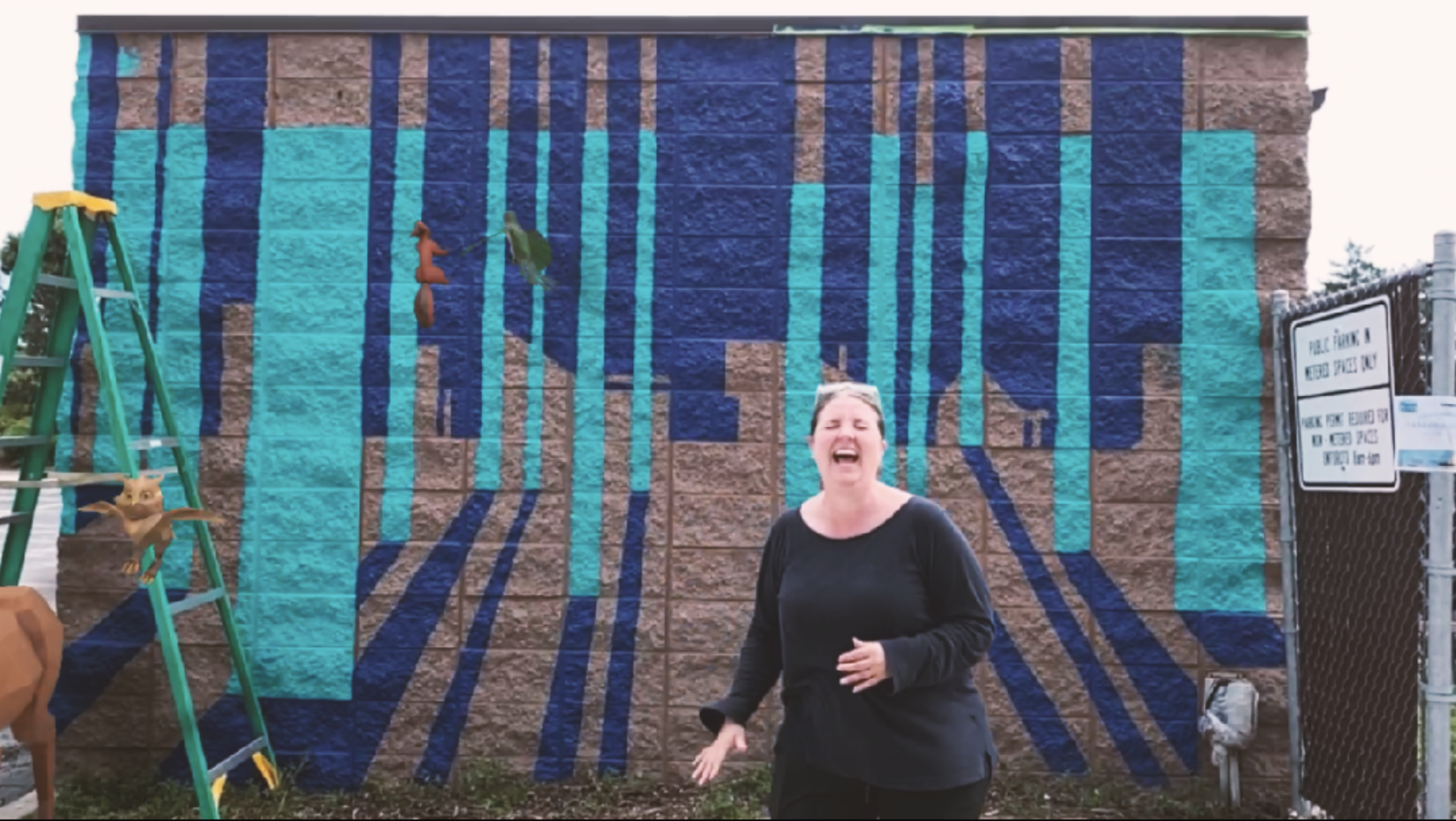





AR in the Classroom: Enhancing Student Learning through Augmented Reality
This paper explores the use of Augmented Reality (AR) technology in the design classroom to enhance student learning experiences of higher education. It provides an overview of AR technology and its potential applications in design education. The paper also discusses several case studies where AR has been successfully implemented in the classroom and highlights the benefits and challenges of using AR technology in higher education.
The methodology used in this paper is a literature review of existing research studies and case studies that have explored the use of AR technology in higher education. The paper synthesizes the findings of these studies and identifies common themes and trends in the use of AR technology in the design classroom.
It contributes to the field of educational technology by providing an overview of the current state of AR technology in education and highlighting its potential benefits for design student learning. The paper also identifies challenges and limitations of using AR technology in the classroom and provides recommendations for educators and instructional designers who are interested in implementing AR technology in their teaching practices.
The use of AR technology in the higher education design classroom has significant implications for both theory and practice. From a theoretical perspective, AR technology has the potential to transform traditional models of teaching and learning by providing design students with immersive and interactive learning experiences. From a practical perspective, AR technology can be used to enhance student engagement, motivation, and learning outcomes. However, the successful implementation of AR technology in the design classroom requires careful planning and design, as well as adequate resources and support for educators and students.